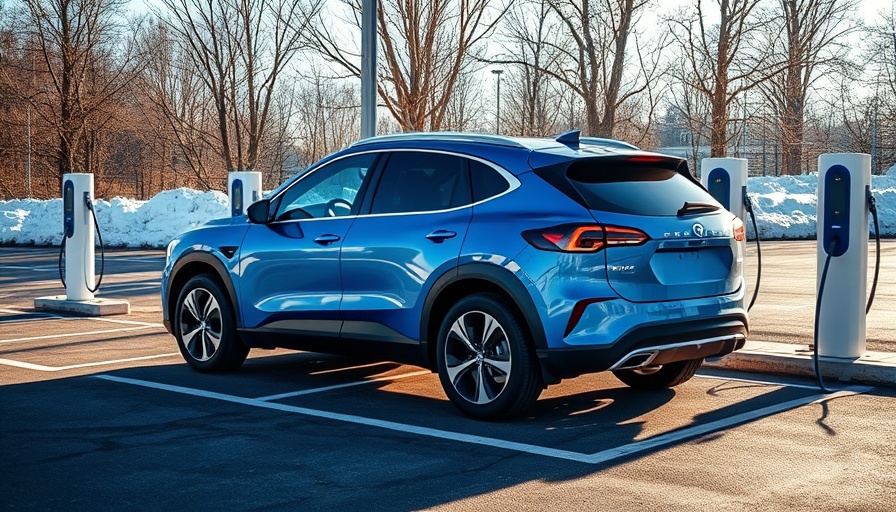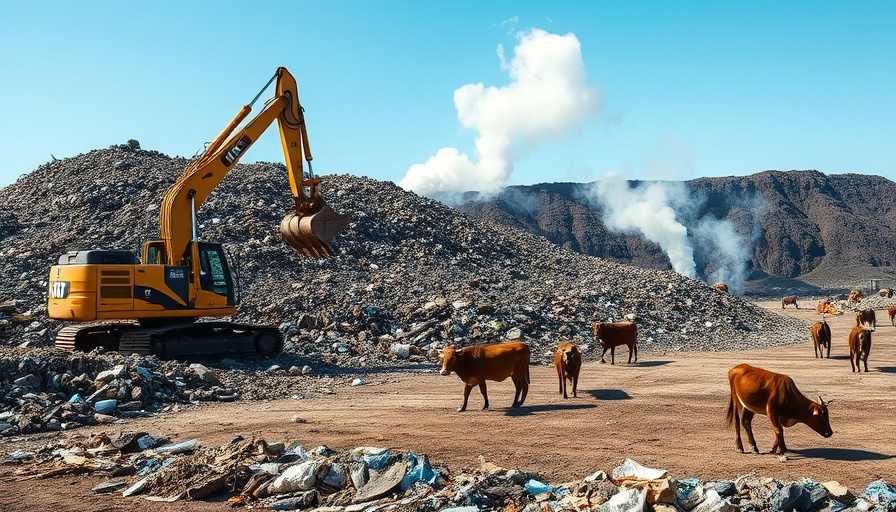
New York's Electric Vehicle Initiative: A Game Changer for Clean Energy
New York State is stepping up its commitment to renewable energy with an injection of $30 million into the Drive Clean Rebate Program, an initiative designed to incentivize the purchase of electric vehicles (EVs). As the push toward sustainability continues, this program is part of a broader effort to reduce emissions and promote clean transportation choices across the state.
What You Need to Know About Rebates for Electric Vehicle Purchases
Through the Drive Clean Rebate Program, consumers can receive point-of-sale rebates ranging from $500 to $2,000 based on the range of the chosen electric vehicle. EVs with a manufacturer’s suggested retail price (MSRP) exceeding $42,000 or those with a range under 40 miles earn a $500 rebate. For vehicles with a range of 40 to 199 miles, the rebate increases to $1,000, and high-performing models that exceed 200 miles qualify for the maximum rebate of $2,000. This structure aims to make EVs more attractive to consumers keen on reducing their carbon footprints.
Expanding Charging Infrastructure: Charge Ready NY 2.0
The initiative also involves bolstering the charging infrastructure through the Charge Ready NY 2.0 program, which significantly increases rebates for the installation of charging ports. The rebate for each charging port installation has been enhanced from $2,000 to $3,000, with additional incentives available for installations in disadvantaged communities. This focus on accessibility is pivotal, as effective charging infrastructure can alleviate concerns surrounding EV range and usability.
Environmental Impact and Job Creation
Governor Kathy Hochul emphasized that these investments are not merely financial; they play a crucial role in building a cleaner future while also creating good-paying jobs. The state’s commitment to sustainability through this program aligns with broader national goals of reducing emissions and fostering green technologies that benefit communities and the environment.
Take Advantage of These Opportunities
For California residents considering an EV, New York's initiative exemplifies the trend towards green technology and innovative energy solutions. Similar programs may emerge in California, focusing on further reducing barriers to EV adoption and enhancing eco-friendly practices. By keeping informed of such developments, homeowners and potential buyers can benefit not only from rebates but also from lower upkeep costs and reliable green energy sources.
As the landscape of energy consumption evolves, residents are urged to consider how such initiatives can impact their choices and foster a sustainable lifestyle. Whether through tax rebates or new infrastructure, the transition towards electric vehicles holds promise for cleaner air and a healthier planet.
 Add Row
Add Row  Add
Add 




Write A Comment